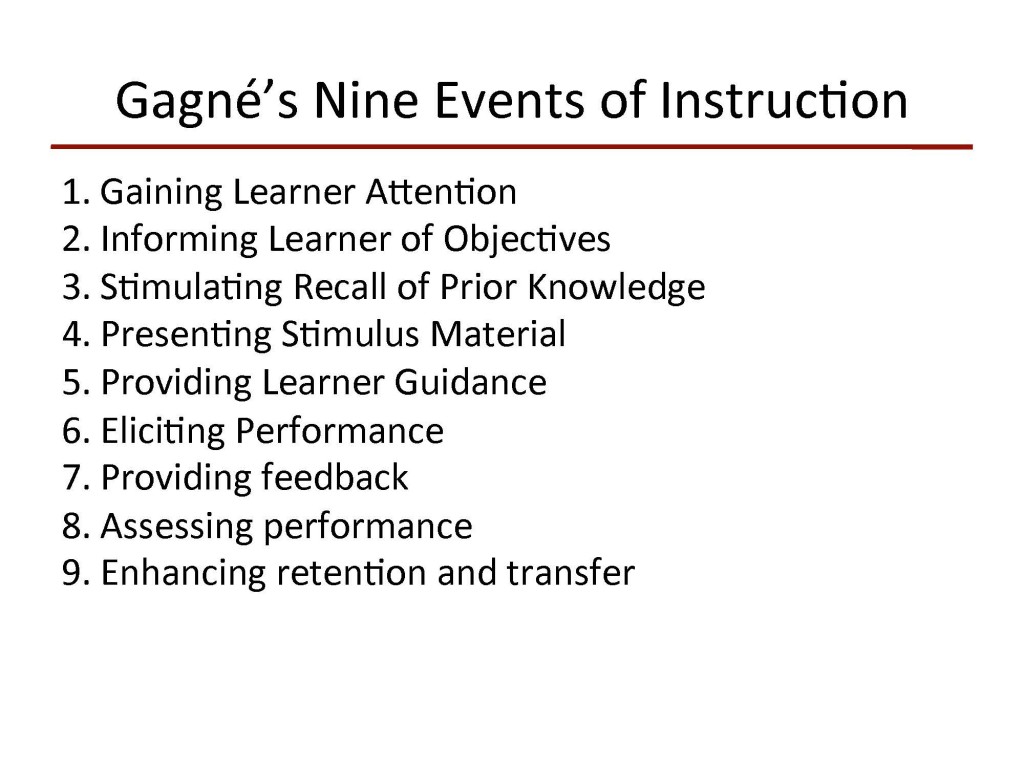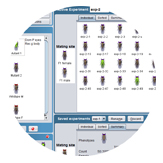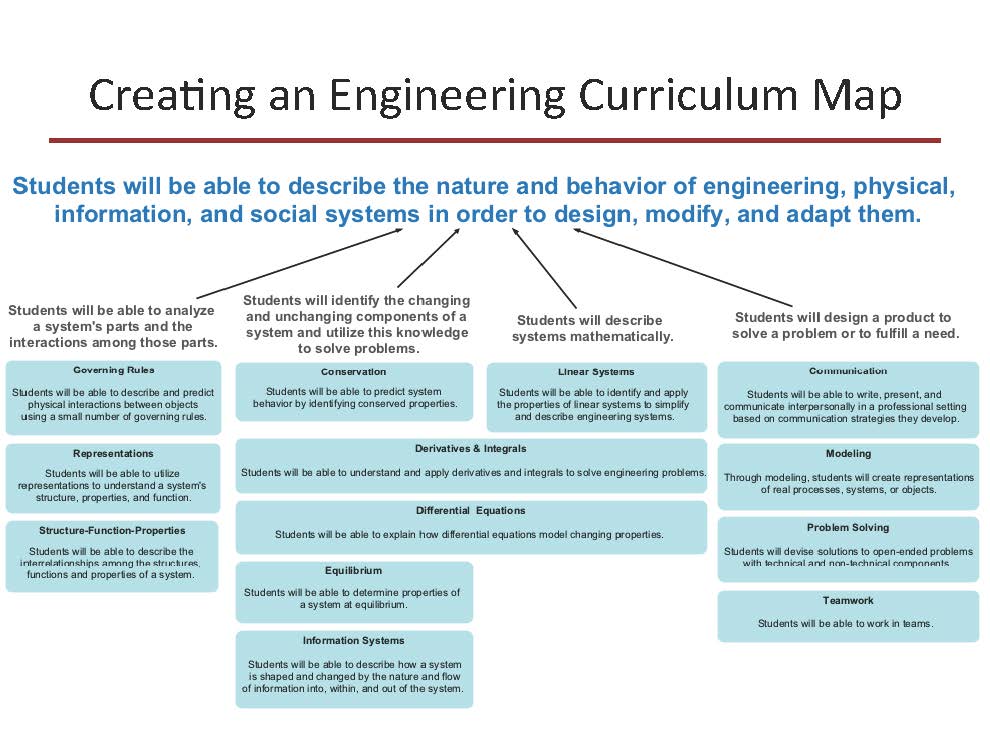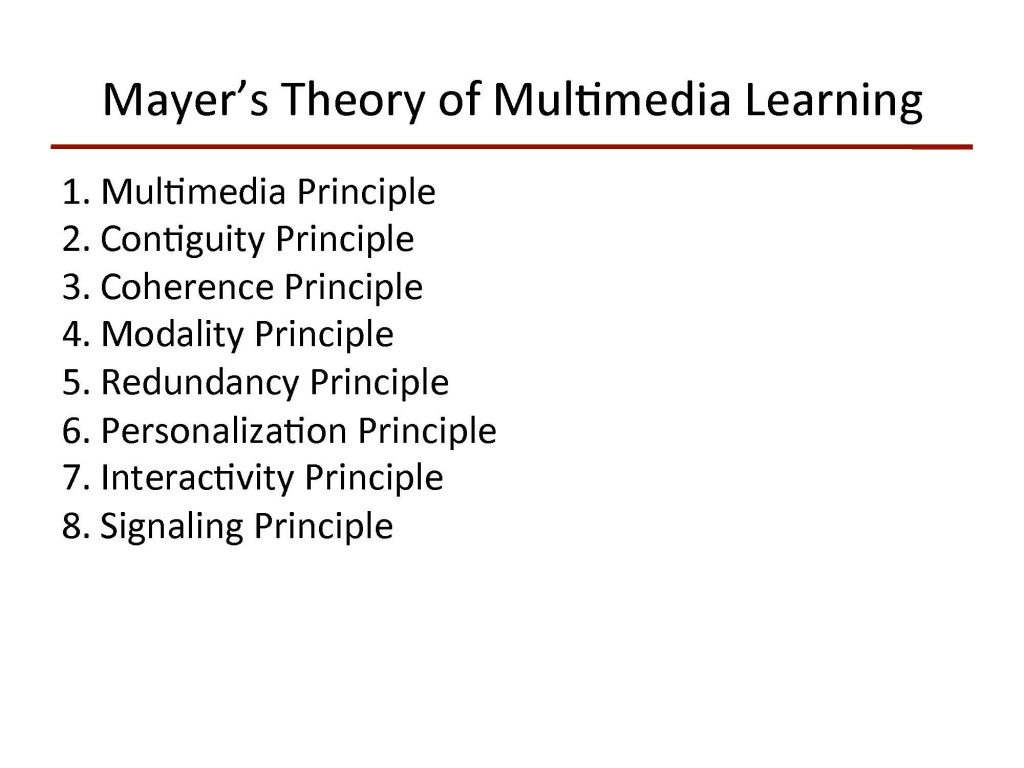 Dr. Jennifer French
Dr. Jennifer French
Title: Using Video to Tie Fundamental Concepts to Engineering Themes
Group Meeting Date & Time: Thursday, April 11, 2013 @ 2:00 pm
View the slides from Dr. French’s Group Meeting
Dr. Jennifer French is a Program Manager for MITx in the Department of Mathematics. She has a Ph.D. in math from MIT, and loves teaching elementary students the “joy of mathematics”. In her previous position as a Postdoctoral Associate for Mathematics Education in the Teaching and Learning Laboratory (TLL), Dr. French worked on a 2-year project funded by the Singapore University of Technology and Design (SUTD). In her group meeting on “Using Video to tie Fundamental Concepts to Engineering Themes”, Dr. French discussed this work on creating instructional videos designed to encourage active learning and teaching methodologies in the classroom, as well as to encourage transfer by tying fundamental concepts to engineering themes and examples.
SUTD is a university developed as a partnership between MIT and Singapore and was established in 2009. SUTD currently offers undergraduate degrees in Engineering & Architecture and offers innovative curriculum that are integrated and multi-disciplinary to train students to be the next generation of engineers, leaders and innovators.
Through the SUTD-MIT collaboration, TLL contributes educational videos and accompanying instructional materials to accompany courses contained in the first 3 semesters of the SUTD curriculum, which includes introductory courses in subjects including calculus, mechanics, electricity & magnetism, design, biology and chemistry. All of the videos are designed to encourage active classroom participation, deep learning, and transfer of knowledge across disciplines.
Before the videos themselves could be developed and produced, Dr. French and the TLL team assessed the engineering curriculum as a whole to determine the most important concepts around which the videos would be developed. In the design phase of this project, the team set out to achieve three goals to: 1) establish the main goals of the SUTD curricula, 2) identify pivotal concepts in the first 3 semesters of course material, and 3) determine how and why the concepts are pivotal to the curriculum. Using research literature on pre-existing course materials at MIT and other institutions as well as on common misconceptions as references, Dr. French and the development team identified pivotal concepts and prioritized the content to identify concepts that were interdisciplinary in nature and most likely of relevance for future engineering courses. They then created a concept map for the engineering curriculum. Through this process, they identified the big idea in engineering to be that “students will be able to describe the nature and behavior or engineering, physical, information, and social systems in order to design, modify and adapt them.” The entire concept map illustrates the main knowledge and skill concepts as well as the desired learning outcomes for each of the concepts in the entire engineering curriculum (Figure 1).
After creating the engineering curriculum map, the development team was able to more easily identify the concepts that would most benefit from accompanying educational videos. They then turned to the development of the videos and drew upon best practices in educational research, including Mayer’s Theory of Multimedia Learning, to create effective instructional videos (Figure 2). In addition, all of the videos also incorporate Gagne’s nine events of instruction, which includes first grasping students’ attention, informing students of learning objectives, providing connections with prior material, elaborating upon the course material that includes opportunities to check student performance to achieve the end goal of enhancing retention and transfer of knowledge (Figure 3). Dr. French drew upon several SUTD concept vignettes to illustrate several examples of how the team incorporated Gagne’s instructional guidelines when creating effective instructional videos. Dr. French showed the beginning of a video on Dimensional Analysis to demonstrate an effective attention getter. She also demonstrated the effective presentation of the Ode to ODE’s video’s learning objectives using a combination of visuals on a tablet and voiceover. In addition, Dr. French demonstrated how the videos incorporate active learning through problem solving opportunities combined with prompts to pause the video in the Rotating Frames of Reference video. All of these videos were developed to suit the second year of the SUTD curriculum. All of the concept vignettes designed to accompany the first year curriculum at SUTD can currently be found on the TLL website at: http://tll.mit.edu/help/sutd-concept-vignettes-0. The concept vignettes designed to support additional years of curricula will be posted soon.

Figure 3. The 9 events of effective instruction, which were all incorporated into the concept vignettes.
In addition to the videos themselves, the TLL team also developed a complete curriculum package to accompany each of the videos. Each video is accompanied by several different materials, including 1) the context for the video in terms of the course curriculum, 2) pre-video activities and questions to ensure that students have the necessary prior knowledge to learn the desired learning outcomes, 3) post-video activities and questions to assess whether the desired learning outcomes have been achieved, and 4) references and suggestions to guide further study. All together, the videos and associated curriculum materials are a complete package to ensure that the videos are effectively incorporated into the curriculum.
The videos, or concept vignettes, and the accompanying material are a labor-intensive process, with each video taking approximately 3 months to complete from start to finish. In her group meeting, Dr. French demonstrated the process and educational research that goes into developing each video to exactly suit the intended curriculum and follow bests practices in educational research. In the end, the finished concept vignettes are effective learning tools that can be incorporated into the existing engineering curriculum to promote deep learning of the most important engineering concepts.
References
Mayer, R. (2003). Elements of a science of e-learning. J. Educational Computing Research. 29(3): 297-313.
Gagne, R. (1985) The Conditions of Learning and the Theory of Instruction. New York: Holt, Rinehart, & Winston.
Wiggins, G. and McTighe, J. (2005) Understanding by Design. Chapter 2: Clarifying Content Priorities, pages 65-73. Alexandria: Association for Supervision and Curriculum Development.





